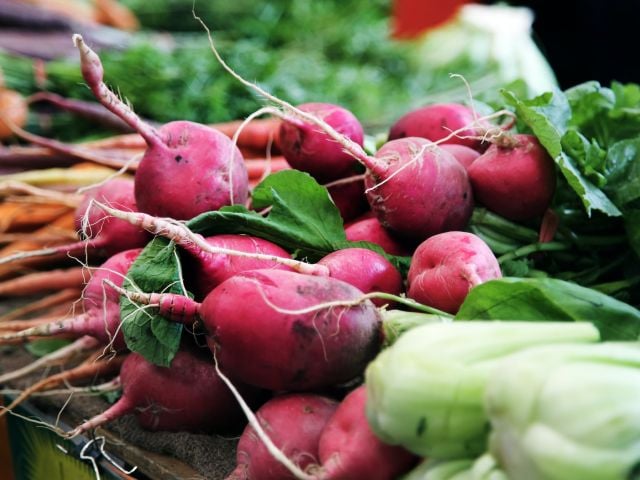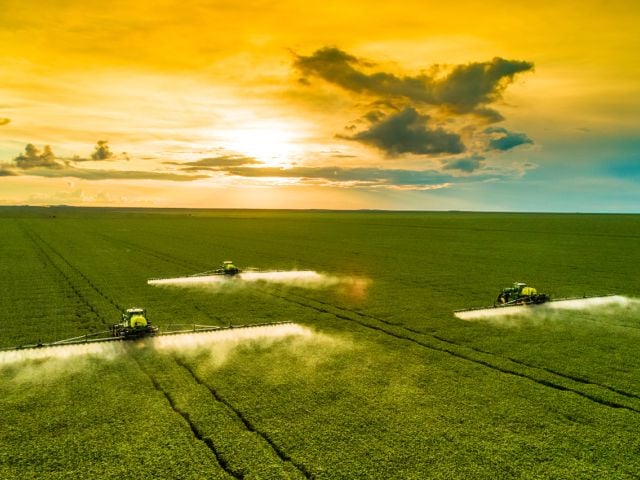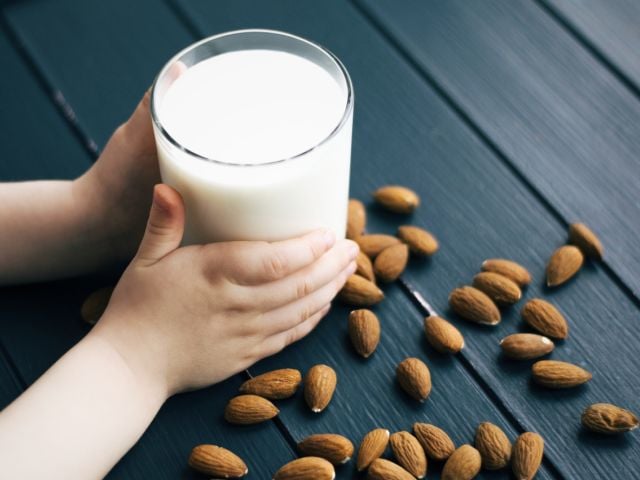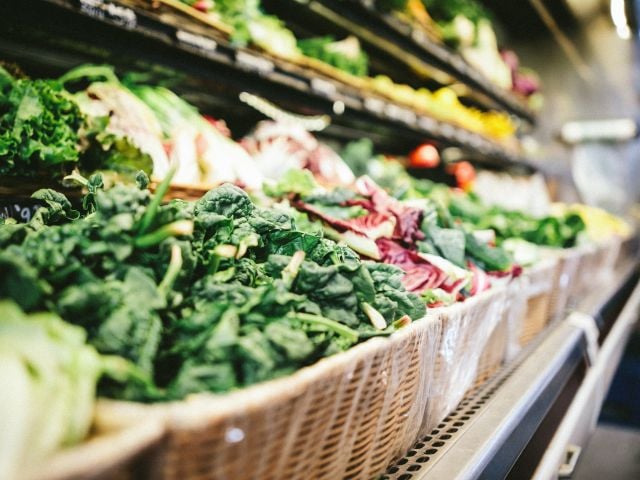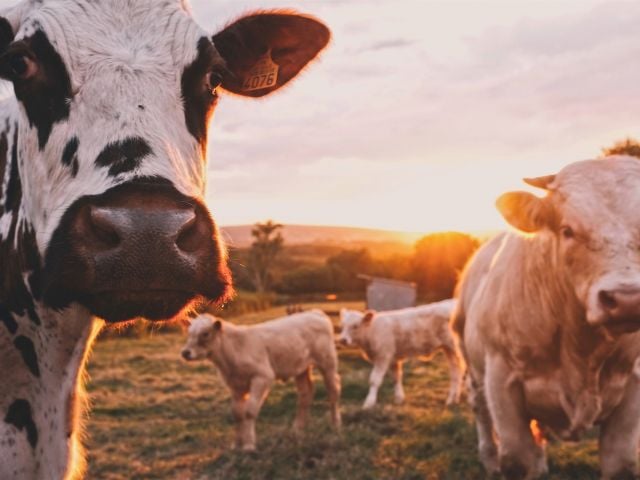The way we eat has a direct impact on the climate crisis, and there are steps everyone can take to rethink their diets in order to reduce greenhouse gas emissions.
Eating less meat – especially beef – can significantly reduce how much your choices contribute to the climate crisis.
Read EWG’s quick tips for reducing your diet's climate footprint here.
